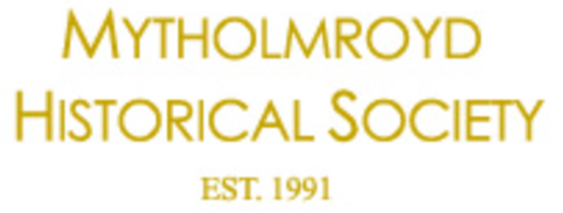On Friday evening the 14th October Mytholmroyd Historical Society met for the second of its monthly Winter programme of meetings in St Michael’s Church Hall, New Road, Mytholmroyd at 7.30pm. About 37 people were in attendance which included 3 non- members
The Speakers were Dianne Monahan and Justine Wyatt and the title of their talk was John Holland, who was a Victorian artist & painter, and his large local paintings
Justine spoke first and gave a biography of John Holland’s life. He was born in Nottingham in 1829. His father was what may be described as a creative artisan and his advice to John who had little education was in his paintings go to nature although many of his paintings included people, railways and elements of industry as Britain in the 19th century was undergoing an Industrial Revolution.
He was to have three paintings exhibited at the Royal Academy which included one of Hinckley Fair . His income was earned through commissions or by selling paintings through various exhibitions one of which was held in Hebden Bridge during his stay in the Upper Calder Valley.
He came to Todmorden and the Upper Calder Valley about 1868 it is thought at the invitation of the Fieldens and through their property connections in the London area. It is not known where he lived in the Upper Calder Valley but he was here for three years only, during which he painted prolifically.
His paintings were all in oils not water colour and he painted quickly and they were very atmospheric . He left this area about 1871 to return to Nottingham and later in 1877 moving finally to Tintagel in Cornwall where he painted seascapes before dying there in 1886. Sadly his regret was not to be a member of the Royal Academy of Art.
Dianne’s talk focussed on those pictures he painted of life around Mytholmroyd of which there were many and which she sometimes asked the audience for clarification of further information. In these pictures that John Holland painted
of life around Mytholmroyd, he depicted the industrialisation of the village, the canal and the railway from nearby hillsides. As mentioned earlier his paintings were very prolific given the shortness of his stay and the railway station building and viaduct were often a focus as with the church, they dominated this growing 19th century Pennine industrial village.
The vote of thanks was given by Mrs Julie Wild
This report by Mike Darke.

